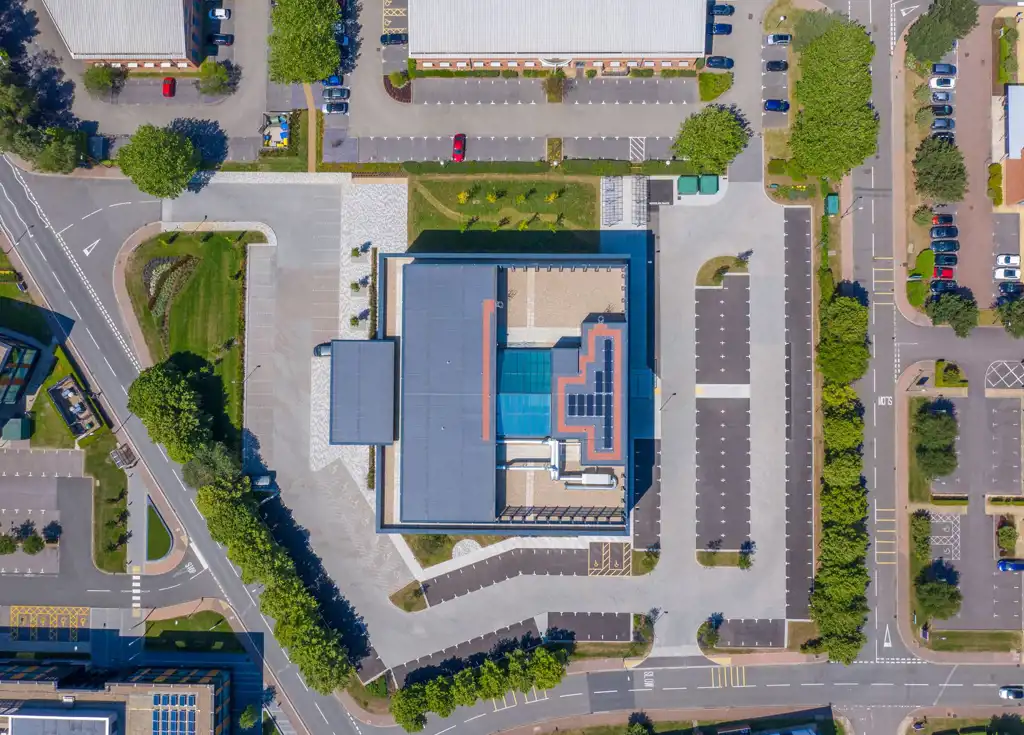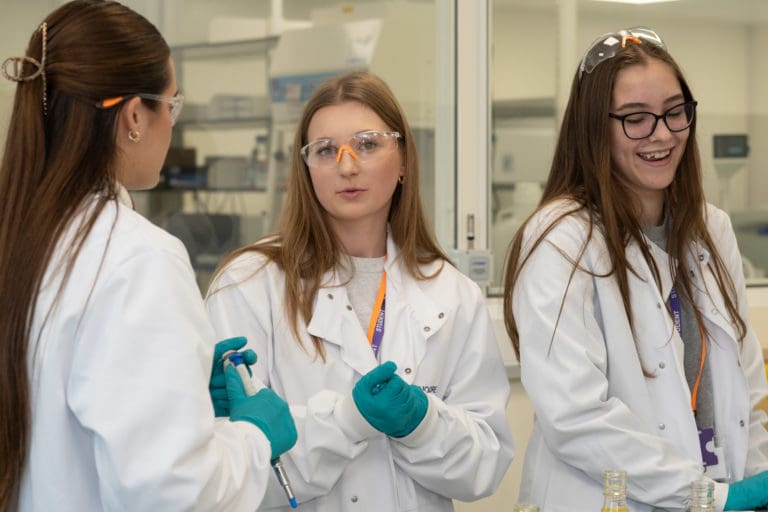
High Performance Polymer
This month, we spoke to High Performance Polymer (HPP), an engineering manufacturer which develops advanced components for applications across multiple industries.
From fasteners on aircraft and satellites to lightweight, heat-resistant screws in performance and electric cars, HPP’s products deliver metal-like strength with the added benefits of reduced weight and superior corrosion resistance.
HPP launched in Didcot five years ago before moving to Bee House in Milton Park, where the team has grown rapidly to 12 members of staff.
Extreme performance materials
The company supplies high-performance thermoplastic polymer materials like PEEK (Polyether Ether Ketone) and PVDF (Polyvinylidene Fluoride) which are used in a range of engineering products.
These products are composed of polymers, large molecules made up of repeating chemical units called monomers, which form the fundamental building blocks of all plastics. While everyday items like bottles and packaging use simple polymers, high-performance variants like PEEK offer exceptional strength, thermal stability and chemical resistance.
These durable materials can withstand extreme mechanical loads, temperatures and chemical exposure, making them indispensable in demanding applications where traditional materials fall short.
Dark matter detection
The company recently supplied precision-engineered PEEK components and injection-moulded fasteners for a dark matter detector, Xenia, at Imperial College London. The prototype projection chamber required components capable of withstanding extreme conditions while maintaining dimensional stability in cryogenic (super-cooled) environments.
Dark matter is an invisible substance that makes up around 85% of the universe’s mass. Despite being all around us, it doesn’t emit, absorb or reflect light, making it incredibly difficult to detect. Scientists can only observe its effects through gravitational pull on visible matter which the Xenia project aims to detect.
Matthew Hartley-James, Founder and Director of HPP, explains:
“Projects like this demonstrate the versatility of high-performance polymers. Whether it’s components for particle detectors investigating the fundamental nature of the universe or fasteners for satellites orbiting Earth, we’re able to engineer solutions that can meet incredibly demanding specifications.”
Partnerships
Operating on a fully business-to-business model, HPP has also become an important supplier to organisations across Milton Park, particularly within the life sciences sector. The Park’s concentration of innovative companies has created numerous opportunities for the team to collaborate and support cutting-edge research.
Matthew added: “Being based at Milton Park puts us right in the middle of an incredible cluster of companies working on cutting-edge technologies. Many of our customers are right here on the Park, which makes collaboration much more straightforward, especially when it’s over a coffee at Hive Café.”
Speed and service driving growth
In an industry where lead times can run into months, HPP has carved out a niche through rapid turnaround and responsive customer service. This approach has proven particularly valuable for companies at the prototyping stage, where the ability to test, iterate and adapt quickly can make or break a project.
Matthew explains: “Short lead times are a massive challenge in UK engineering and manufacturing. We’ve grown quickly by focusing relentlessly on customer service and our ability to deliver parts without the usual delays.”
Ambitious plans for HPP
Having delivered consistent growth in recent years, Matthew has ambitious plans for HPP’s future within the UK’s growing polymer sector.
Matthew concluded: “Over the next five years, I see HPP becoming a major player in the UK’s plastics sector. The flexibility of our space at Bee House and the opportunity of networking with potential clients at Milton Park will be crucial to making that happen. We’re well positioned to support the Park’s growing community of innovators with the materials and components they need to bring their ideas to life.”




